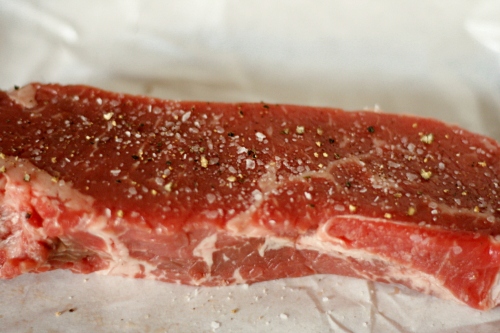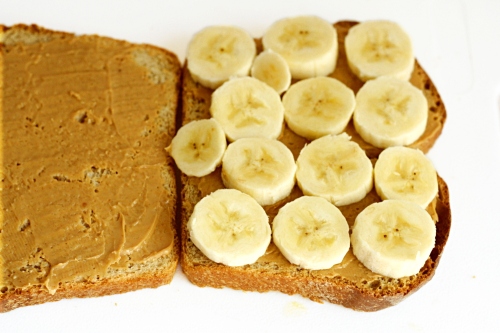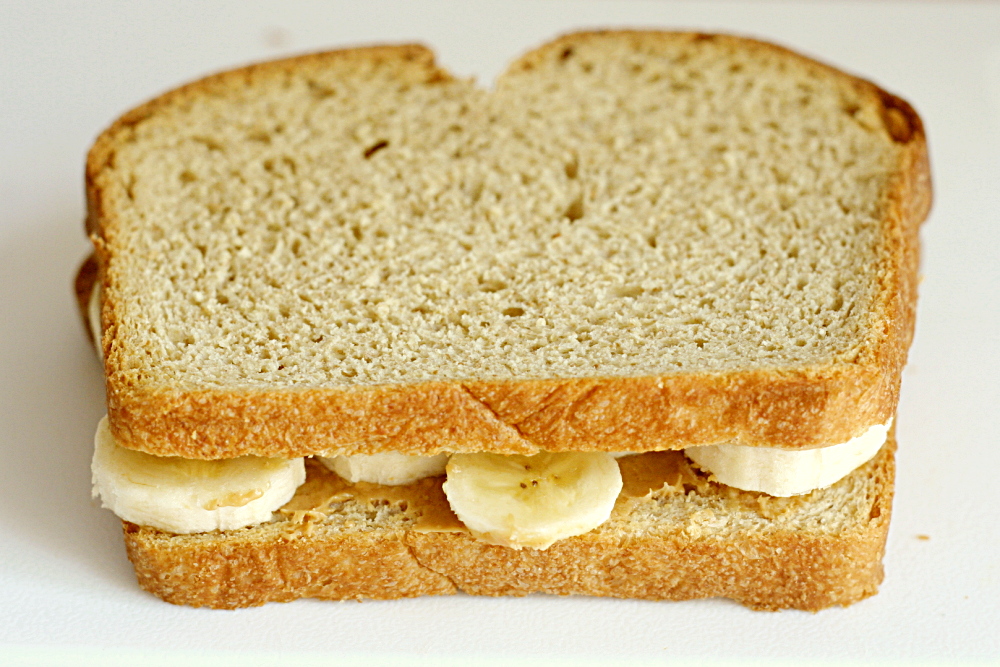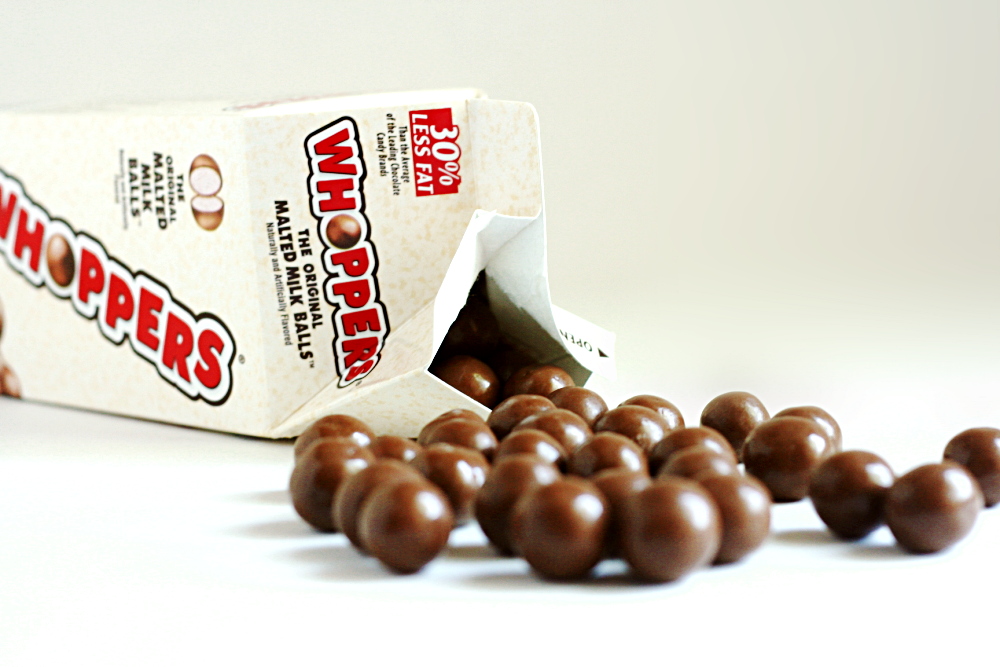I love Dorie’s creative recipes, but I tend to turn to Cooks Illustrated for classics. So when I saw that Mari had chosen crème brulee for TWD, my first thought was to compare the two. But I’ve already compared Dorie and CI’s recipes a couple times, so instead, I decided I would play with some of the different flavors Dorie recommends.
I made vanilla, Earl Grey, and ginger variations. I thought I could combine some of the steps for the variations, but that didn’t work out, so it was really like making the recipe three separate times. I didn’t have enough of the right sized ramekins, so I put the custard mixes in mini-tart pans instead. I was worried that the custard would leak because the tart pans have removable bottoms, but it worked out okay. Until I dropped the baking pan with the six full tartelette pans on it and everything spilled. Being clumsy is a pain in the ass.
Frustrated with that, I went back to my original plan to compare Dorie’s recipe to CI’s. (My freezer is full of egg whites now.) I was curious about this comparison anyway, because the recipes were significantly different. Dorie uses almost half the number of egg yolks compared to the amount of dairy, and she also uses a combination of heavy cream and milk instead of just heavy cream. That makes CI’s recipe much richer.
Whoa. Dorie’s also makes tiny servings. I wouldn’t expect that from her.
I assumed we’d like the richer crème brulee better, but Dave and I both preferred Dorie’s softer custard. However, Dave liked the flavor of CI’s better, which may be the pinch of salt added, or the lower amount of sugar used in CI’s, which could bring out the flavor of the other ingredients more. I used vanilla beans instead of vanilla extract in both recipes.
This is my most successful brulee job. (That goes for Dave too – this is the only kitchen task he’s excited about helping with.) I used a mixture of brown sugar and granulated, and in the past I used pure granulated. Apparently the mixture is more forgiving, because I used to end up with a combination of charcoaly burned areas and raw areas.
It’s crème brulee, so you really can’t go wrong. Unless you spill it all over the oven. Check Mari’s blog for Dorie’s recipe.
Classic Creme Brulee (from Cooks Illustrated)
Serves 8
CI note: Separate the eggs and whisk the yolks after the cream has finished steeping; if left to sit, the surface of the yolks will dry and form a film. A vanilla bean gives custard the deepest flavor, but 2 teaspoons of extract, whisked into the yolks in step 4, can be used instead. The best way to judge doneness is with a digital instant-read thermometer. The custards, especially if baked in shallow fluted dishes, will not be deep enough to provide an accurate reading with a dial-face thermometer. For the caramelized sugar crust, we recommend turbinado or Demerara sugar. Regular granulated sugar will work, too, but use only 1 scant teaspoon on each ramekin or 1 teaspoon on each shallow fluted dish.
4 cups heavy cream, chilled
⅔ cup granulated sugar
pinch table salt
1 vanilla bean, halved lengthwise
12 large egg yolks
8 – 12 teaspoons turbinado sugar or Demerara sugar
1. Adjust oven rack to lower-middle position and heat oven to 300 degrees.
2. Combine 2 cups cream, sugar, and salt in medium saucepan; with paring knife, scrape seeds from vanilla bean into pan, submerge pod in cream, and bring mixture to boil over medium heat, stirring occasionally to ensure that sugar dissolves. Take pan off heat and let steep 15 minutes to infuse flavors.
3. Meanwhile, place kitchen towel in bottom of large baking dish or roasting pan and arrange eight 4- to 5-ounce ramekins (or shallow fluted dishes) on towel. Bring kettle or large saucepan of water to boil over high heat.
4. After cream has steeped, stir in remaining 2 cups cream to cool down mixture. Whisk yolks in large bowl until broken up and combined. Whisk about 1 cup cream mixture into yolks until loosened and combined; repeat with another 1 cup cream. Add remaining cream and whisk until evenly colored and thoroughly combined. Strain through fine-mesh strainer into 2-quart measuring cup or pitcher (or clean medium bowl); discard solids in strainer. Pour or ladle mixture into ramekins, dividing it evenly among them.
5. Carefully place baking dish with ramekins on oven rack; pour boiling water into dish, taking care not to splash water into ramekins, until water reaches two-thirds height of ramekins. Bake until centers of custards are just barely set and are no longer sloshy and digital instant-read thermometer inserted in centers registers 170 to 175 degrees, 30 to 35 minutes (25 to 30 minutes for shallow fluted dishes). Begin checking temperature about 5 minutes before recommended time.
6. Transfer ramekins to wire rack; cool to room temperature, about 2 hours. Set ramekins on rimmed baking sheet, cover tightly with plastic wrap, and refrigerate until cold, at least 4 hours or up to 4 days.
7. Uncover ramekins; if condensation has collected on custards, place paper towel on surface to soak up moisture. Sprinkle each with about 1 teaspoon turbinado sugar (1½ teaspoons for shallow fluted dishes); tilt and tap ramekin for even coverage. Ignite torch and caramelize sugar. Refrigerate ramekins, uncovered, to re-chill, 30 to 45 minutes (but no longer); serve.
































































